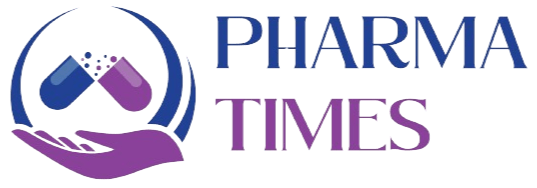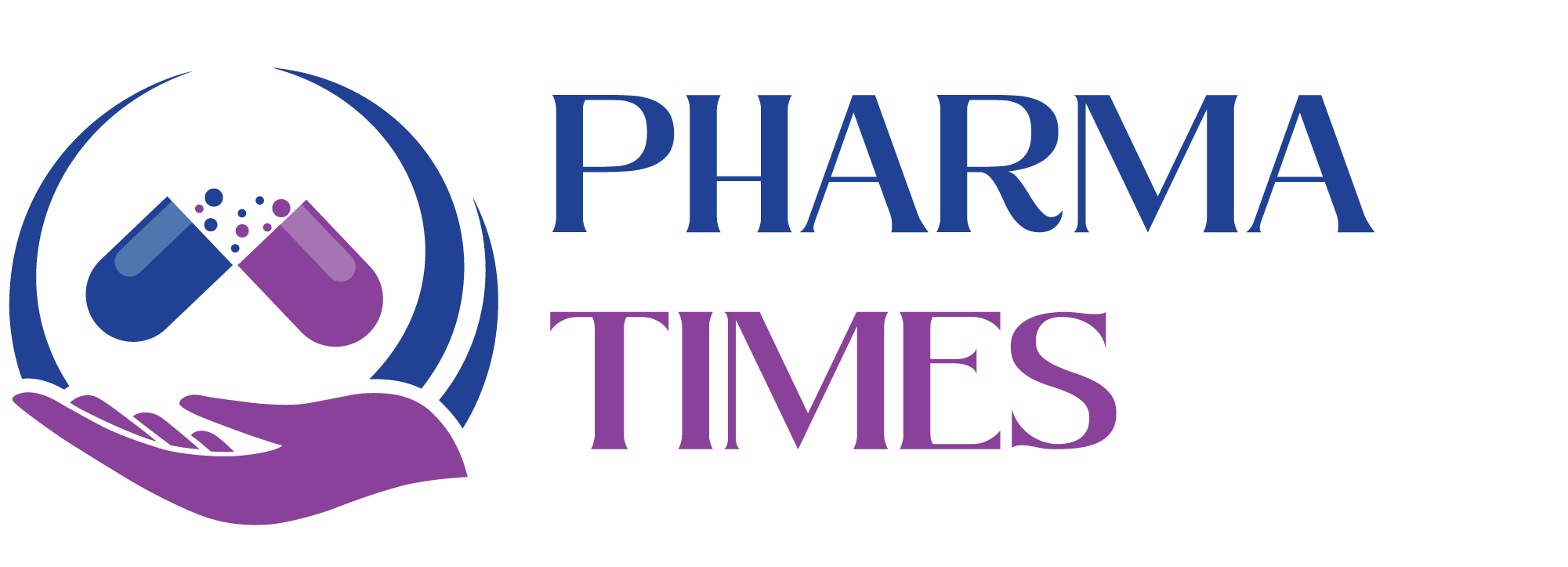“Understanding the Importance and Types of Clean Rooms in Pharmaceutical Manufacturing”
Importance of Clean Rooms in the Pharmaceutical Industry
Clean rooms are vital in the pharmaceutical industry as they provide a controlled environment where the level of contaminants such as dust, microorganisms, and airborne particles is minimized. This contamination control is crucial for maintaining the integrity, safety, and quality of pharmaceutical products. Clean rooms are used throughout various stages of production, from drug formulation to the final packaging of sterile products, ensuring that they meet strict regulatory standards.
By preventing contamination, clean rooms help safeguard patient health and ensure that pharmaceutical products are safe and effective. Additionally, clean rooms support compliance with Good Manufacturing Practices (GMP), helping companies meet regulatory requirements while maintaining high product quality. They also provide an environment with controlled temperature, humidity, and pressure, which is essential for sensitive pharmaceutical processes.
Types of Clean Rooms in the Pharmaceutical Industry
- ISO Class 5 (Class 100) Clean Room: This clean room maintains extremely high standards of cleanliness, with no more than 100 particles per cubic foot of air. These rooms are typically used for processes involving sterile products, such as injectable drugs, where the risk of contamination must be minimized.
- ISO Class 7 (Class 10,000) Clean Room: These clean rooms are designed for processes that require a controlled environment with up to 10,000 particles per cubic foot of air. They are often used for drug formulation or non-sterile packaging where contamination control is still critical but less stringent than in ISO 5 environments.
- ISO Class 8 (Class 100,000) Clean Room: Used for general manufacturing and less sensitive processes, ISO Class 8 clean rooms allow up to 100,000 particles per cubic foot of air. These rooms are common in tablet production and non-sterile manufacturing operations.
- Aseptic Clean Rooms: These rooms are designed specifically for sterile manufacturing processes, such as filling vials or syringes, where maintaining sterility is critical. Aseptic clean rooms are often ISO Class 5 or higher, depending on the level of contamination control required for the specific task.
Clean rooms are essential to maintaining the safety and quality of pharmaceutical products, minimizing contamination risks, and ensuring adherence to regulatory standards, which is critical for protecting public health.

